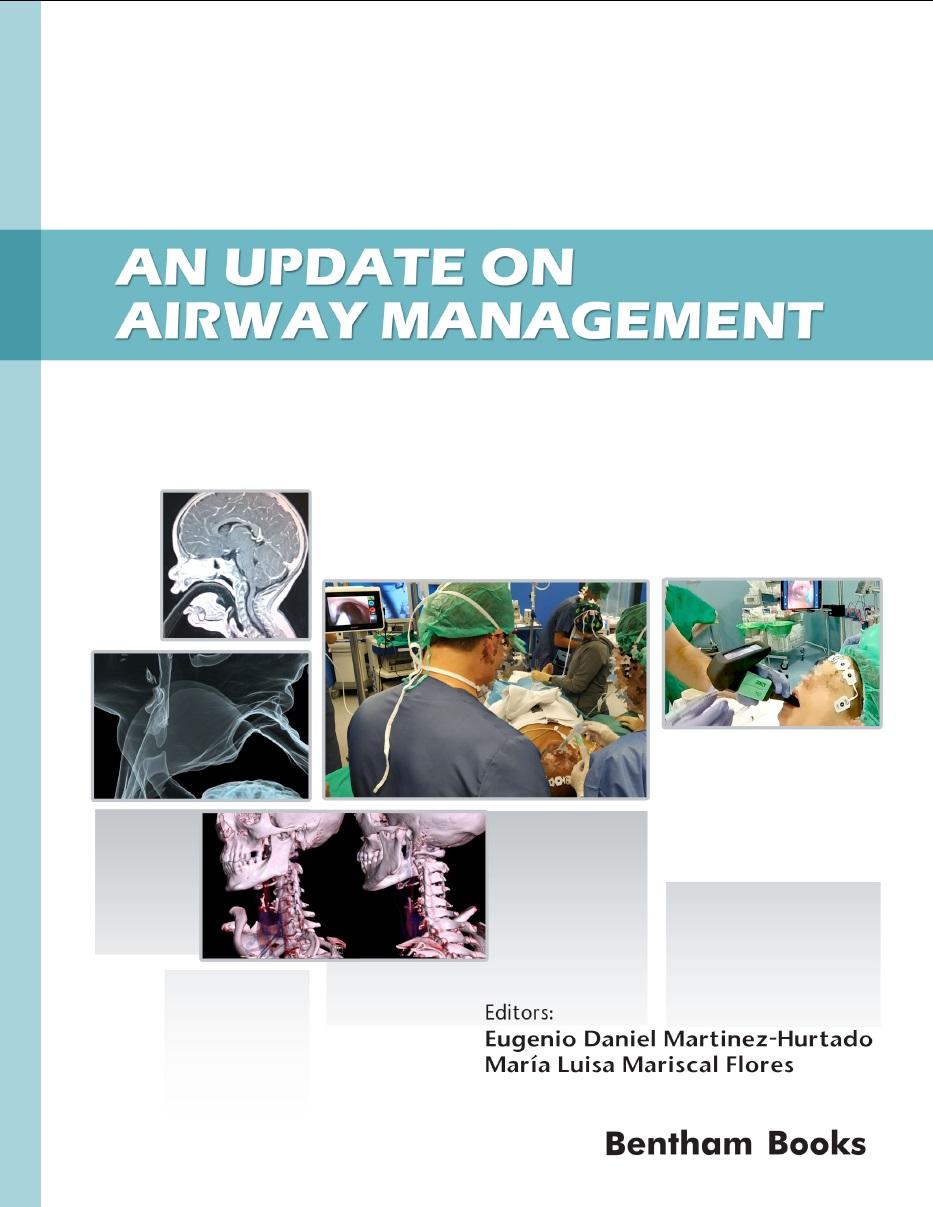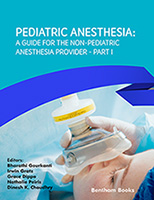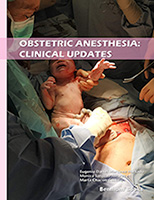Introduction
All anaesthesiologists know that the highest morbidity and mortality associated with anaesthesia are related to the airway management of our patients. This area represents one of the basic pillars of the specialty, and the Difficult Airway is the undisputed protagonist in all the congresses and the subject of numerous publications periodically.
Airway management has been changing over the years. Progressively, the evaluation and prediction of the possible difficulty in ventilation, oxygenation and intubation in the preoperative assessment have been standardized, while numerous devices have appeared that facilitate the way to approach the handling of the Difficult Airway.
It is no longer just about knowing how to use the fiberoptic bronchoscope, although this is still the main tool for managing the Difficult Airway. We are also obliged to know and use a wide range of new devices, as well as the indications and peculiarities of each of them.
Unfortunately, this great quantity of available devices means that many times we do not know them well, nor do we differentiate them. And, therefore, in many occasions, we do not use them in an adequate way. It does not consist in having and using all, but in mastering the use of those we have and acquiring experience with them so that they are effective when a Difficult Airway situation arises.
This book “Recent Advances in Anaesthesiology Vol. 3 – An Update on Airway Management” is an update of those topics that have had an important development in recent years in airway management. We have tried to approach the latest developments in this field with a simple, easy and direct reading, which helps in professionals' daily work.
We intend to reach a multitude of colleagues from all medical areas who have to manage their patients' airways: anaesthesiologists, intensivists, intra- and extra-hospital emergency physicians, pneumologists, ENT surgeons... who we believe could be of support for your work.
We also believe that it may be of interest to residents in training, as a method of updating and updating a subject that is basic and without which, almost all others are impossible to carry out.





